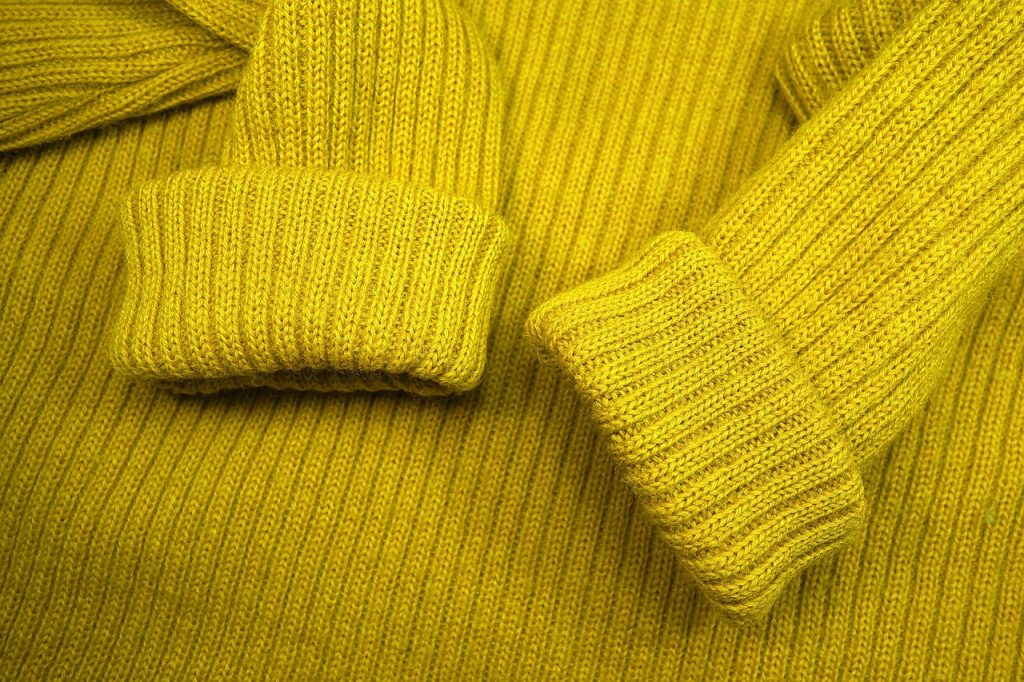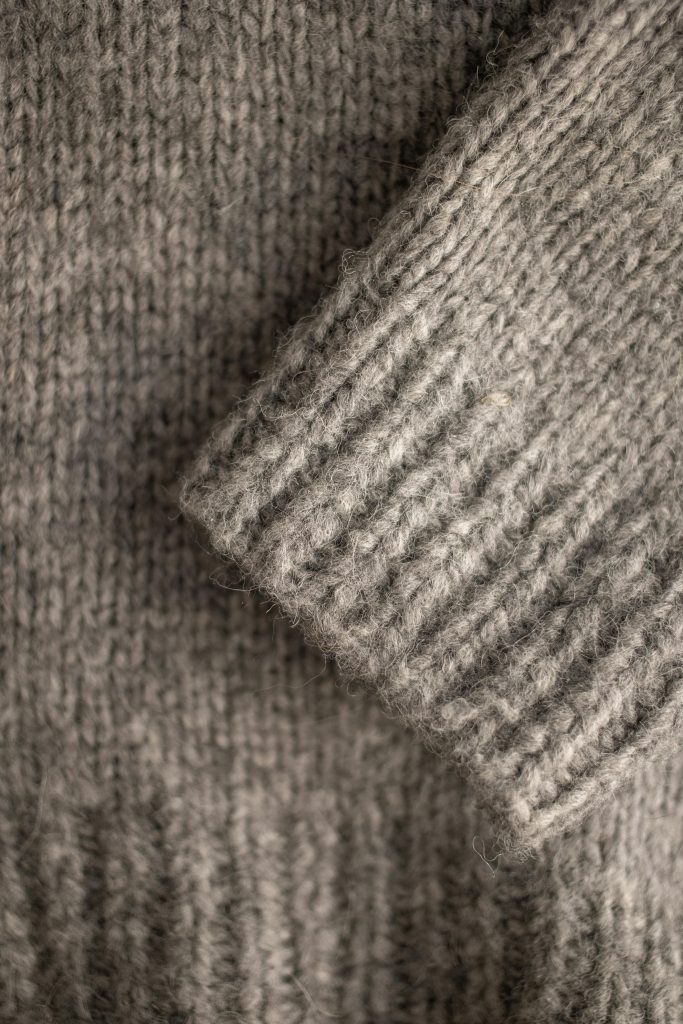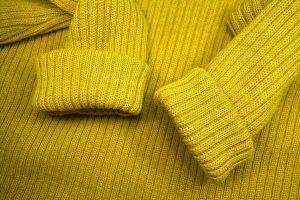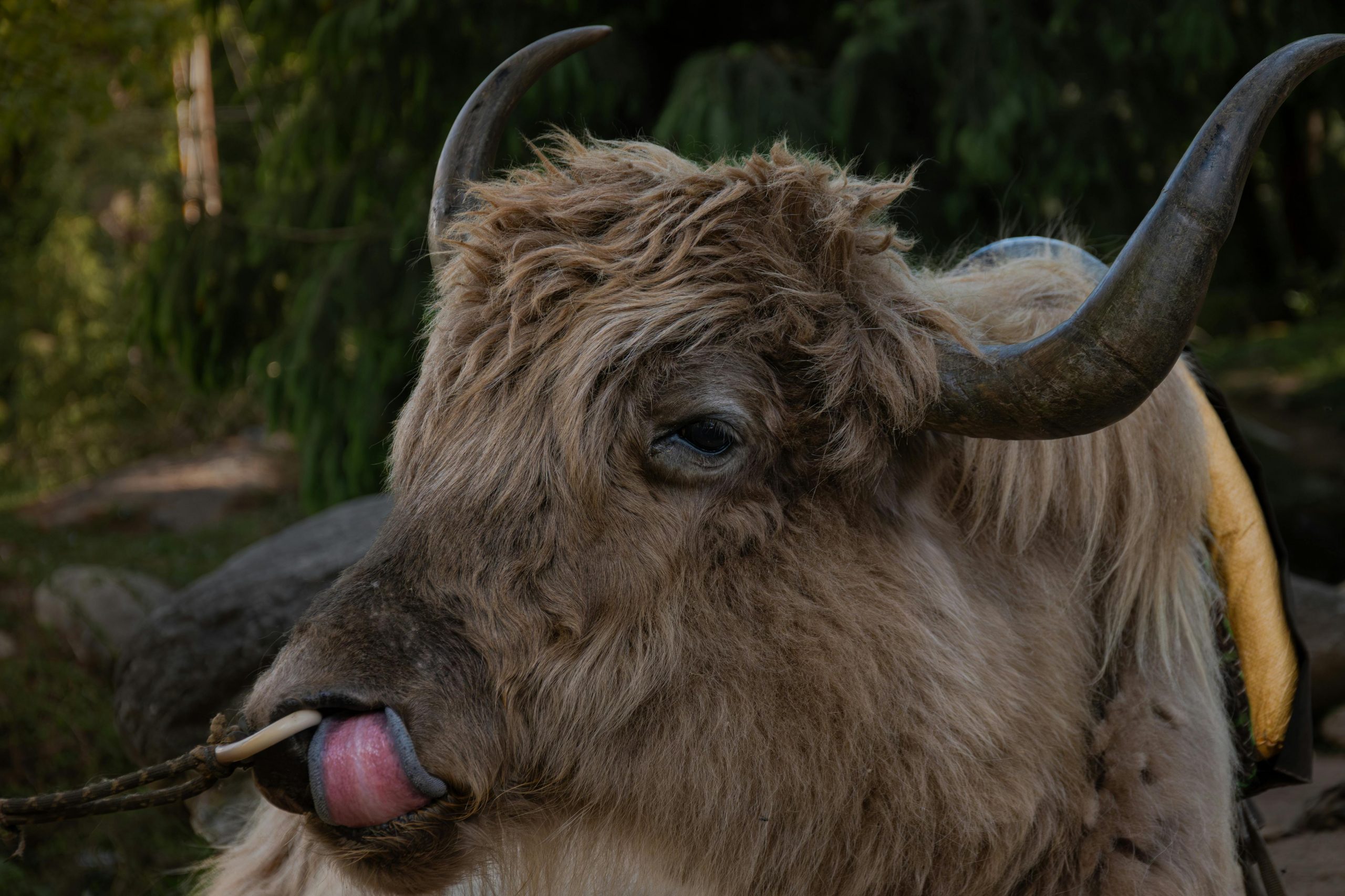Exploring the Intricacies of Knit Ribbing: A Comprehensive Guide
In the world of knitwear production, the technique of ribbing transcends a basic skill, becoming an art form that demands precision, understanding, and creativity. Ribbing, the stretchy, textured pattern commonly found on cuffs, collars, and hems, is a fundamental element in knitwear, serving both functional and aesthetic purposes.
At the heart of ribbing’s versatility lies its ability to impart elasticity to the fabric. This is achieved through the alternation of knit and purl stitches, which can vary in sequence to create different effects and levels of stretchiness. For instance, a 1×1 rib knit alternates one knit stitch with one purl stitch, resulting in a highly elastic and snug-fitting fabric. Conversely, a 2×2 rib knit, which alternates two knit stitches with two purl stitches, offers less stretch but more structure.

The choice of ribbing pattern is not merely a technical decision but a design one as well. The selected pattern can significantly influence the final garment’s look and feel. A finer rib, such as 1×1, provides a sleek, close-fitting silhouette, ideal for lightweight, body-hugging tops. A wider rib, such as 3×3, imparts a chunkier, more pronounced texture, suitable for heavier, cozier winter wear.
In CH Cashmere’s setting, the production of ribbed fabric is a sophisticated process involving specialized machinery capable of handling the intricacies of rib knitting. These machines must be meticulously calibrated to ensure the consistency and quality of the ribbing, as any deviation can lead to defects in the fabric’s texture and elasticity.

Moreover, the material composition of the rib knit plays a crucial role in the end product. While cotton is a common choice for its breathability and comfort, blends incorporating rayon or synthetic fibers like polyester can enhance the fabric’s recovery, ensuring that the garment retains its shape over time.
The artistry of ribbing extends beyond the factory floor and into the realm of fashion design. Designers collaborate closely with production teams to select the appropriate ribbing that complements their vision, balancing the technical limitations of machinery with the creative aspirations of the collection.
Ribbing is a testament to the intricate dance between technology and artistry in knitwear production. It exemplifies how a simple technique, when mastered and applied with intention, can transform the ordinary into the extraordinary. As the industry continues to evolve, the exploration of ribbing’s potential will undoubtedly lead to innovative designs that challenge our expectations of knitwear.
Recent Posts

Exploring the Intricacies of Knit Ribbing: A Comprehensive Guide
Exploring the Intricacies of Knit Ribbing: A Comprehensive Guide In the world of knitwear production, the technique of ribbing transcends a basic skill, becoming an

Unraveling the Mystery of Yak Hair: Is It Cashmere?
Unraveling the Mystery of Yak Hair: Is It Cashmere? Yak hair is a unique and fascinating material that has been used for centuries. But what

The Battle of Luxurious Fibers: Alpaca vs. Cashmere – Know the Difference and Care Tips
The Battle of Luxurious Fibers: Alpaca vs. Cashmere – Know the Difference and Care Tips In the world of luxury fibers, alpaca and cashmere are
